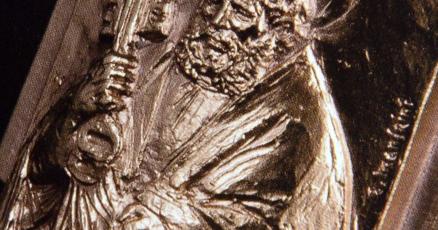Breaking: The Ancient Papal Tradition That Marks the End of a Pontiff's Reign

The Fisherman's Ring: A Timeless Symbol of Papal Authority
Steeped in centuries of tradition, the Fisherman's Ring stands as a profound emblem of papal legacy and spiritual leadership. Tracing its origins back to the 13th century, this iconic piece of papal regalia carries deep symbolic significance rooted in the apostolic lineage of St. Peter.
Named after the legendary apostle who was a fisherman before becoming a foundational leader of the Christian church, the ring represents more than just a piece of jewelry. It is a powerful symbol of papal authority and continuity, connecting each pontiff to the historical mission of St. Peter.
Traditionally crafted in gold and bearing the current pope's name and image, the Fisherman's Ring has been used to seal official papal documents and represents the pope's role as a spiritual shepherd. When a pope passes away or resigns, the ring is ceremonially destroyed, symbolizing the end of that particular papal reign and the transition of spiritual leadership.
This ancient tradition continues to fascinate both religious scholars and history enthusiasts, serving as a tangible link between the present and the rich ecclesiastical past.
